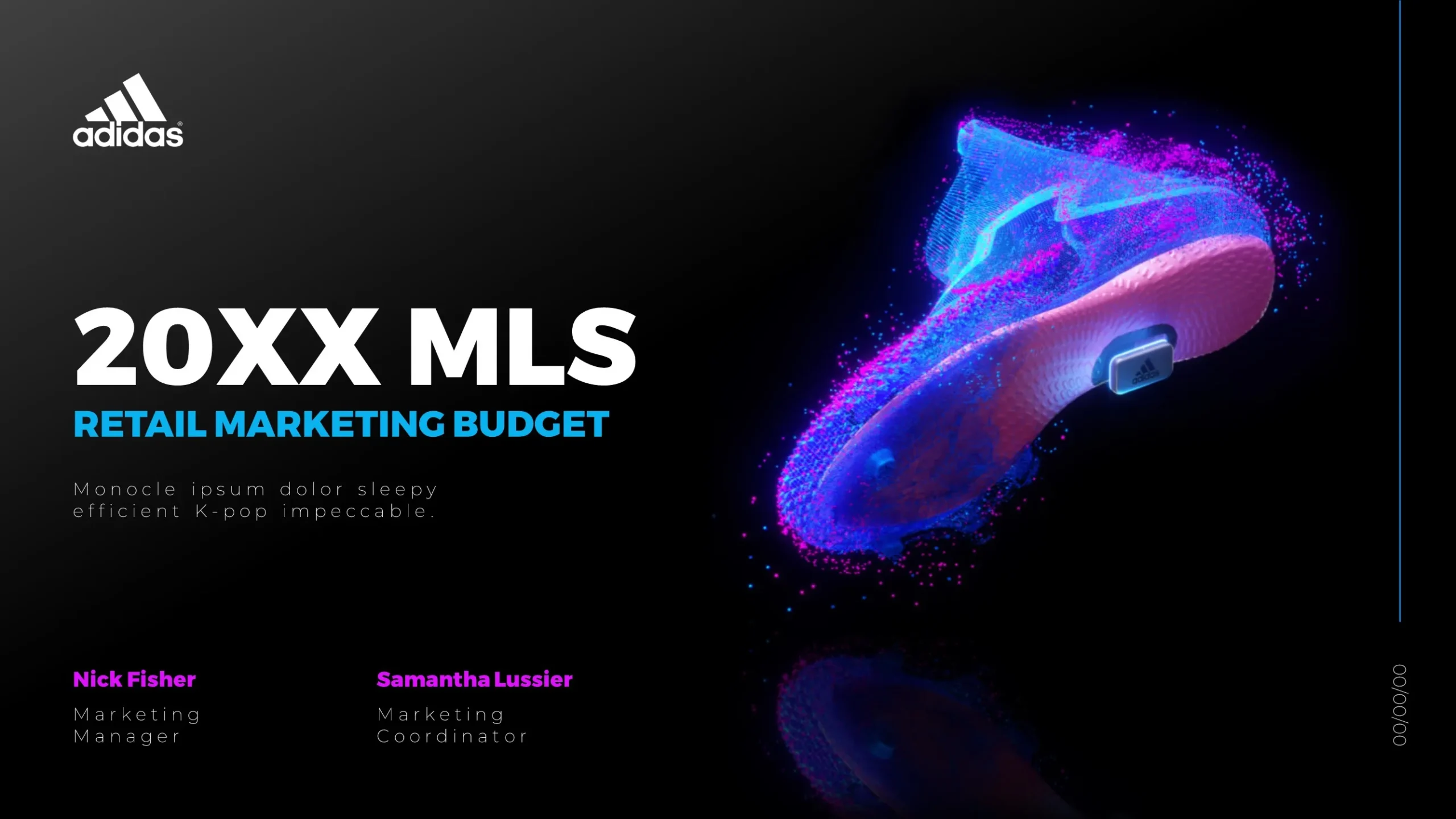Creating infographics that effectively communicate complex data in business presentations requires a strategic approach to design and content. Here are some best practices to consider:
- Know Your Audience: Tailor your infographic to the understanding level of your audience. Consider their familiarity with the subject matter and adjust complexity accordingly.
- Simplify Data: Break down intricate data sets into digestible pieces. Use clear metrics, simplified graphs, or icons that represent key statistics visually.
- Create a Clear Hierarchy: Organize information logically, using headings and subheadings. This helps guide viewers through the narrative you’re presenting.
- Select Appropriate Visuals: Choose charts or diagrams that best illustrate your points—bar charts for comparisons, line graphs for trends over time, and pie charts for proportions.
- Use Color Wisely: A consistent color palette can enhance readability while reinforcing brand identity. Limit colors to maintain focus on essential elements without overwhelming viewers.
- Add Engaging Elements:</ strong Incorporate elements like icons or illustrations that relate directly to the data being presented; this increases engagement while providing clarity.
- Keep Text Minimal: Use concise language; avoid cluttering visuals with excessive text. Aim for key phrases rather than full sentences where possible.
- Ensure Accessibility: Make sure color contrasts are high enough so all viewers can read text easily—consider those who may be colorblind.
The goal of an effective infographic is not only to present information but also to tell a compelling story through visuals that resonate with audiences at every level of understanding in business contexts.
View Our Presentation Portfolio










